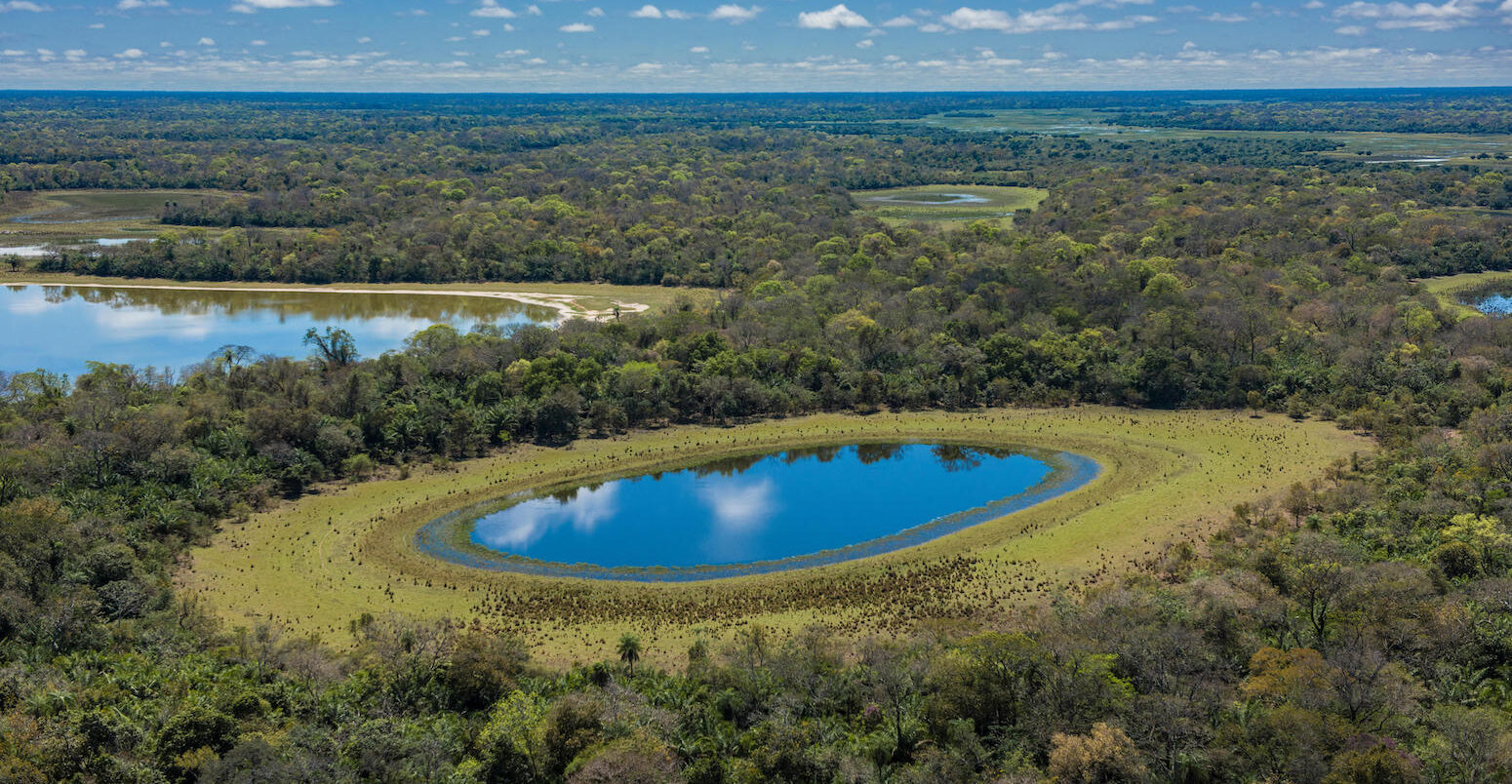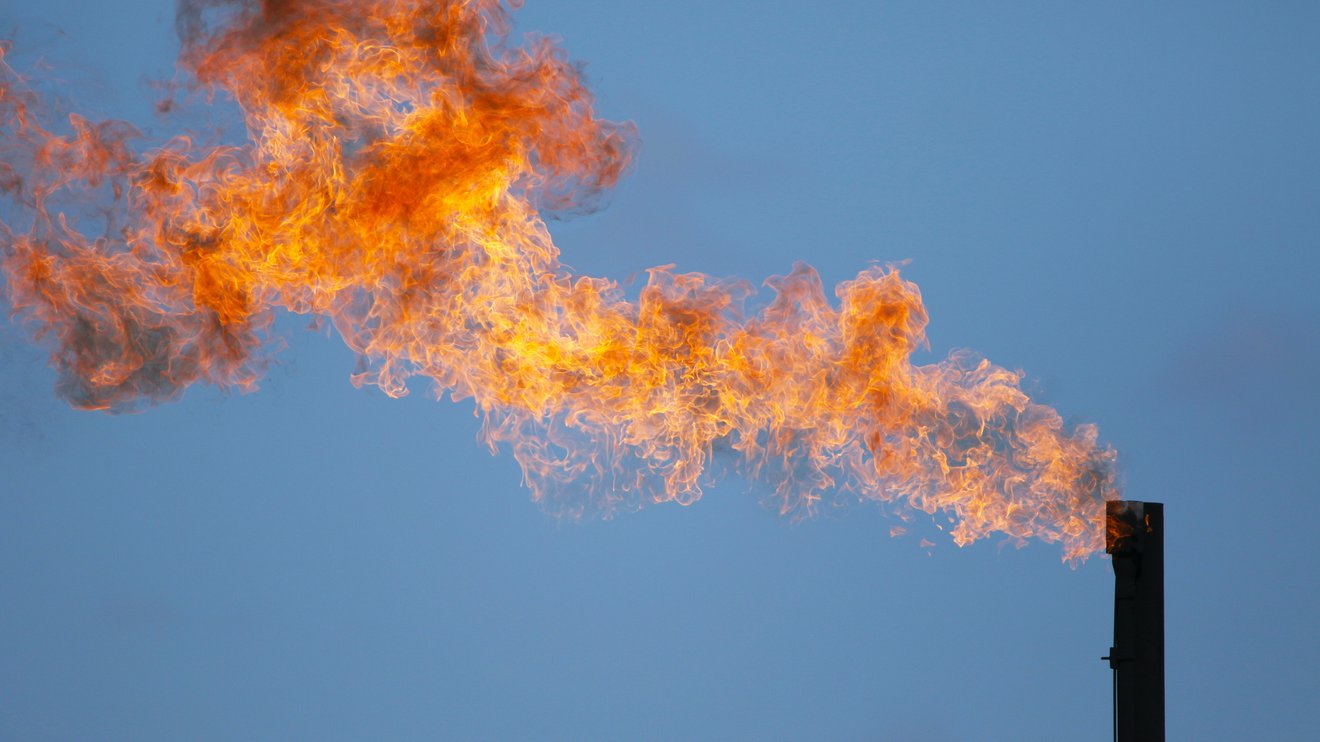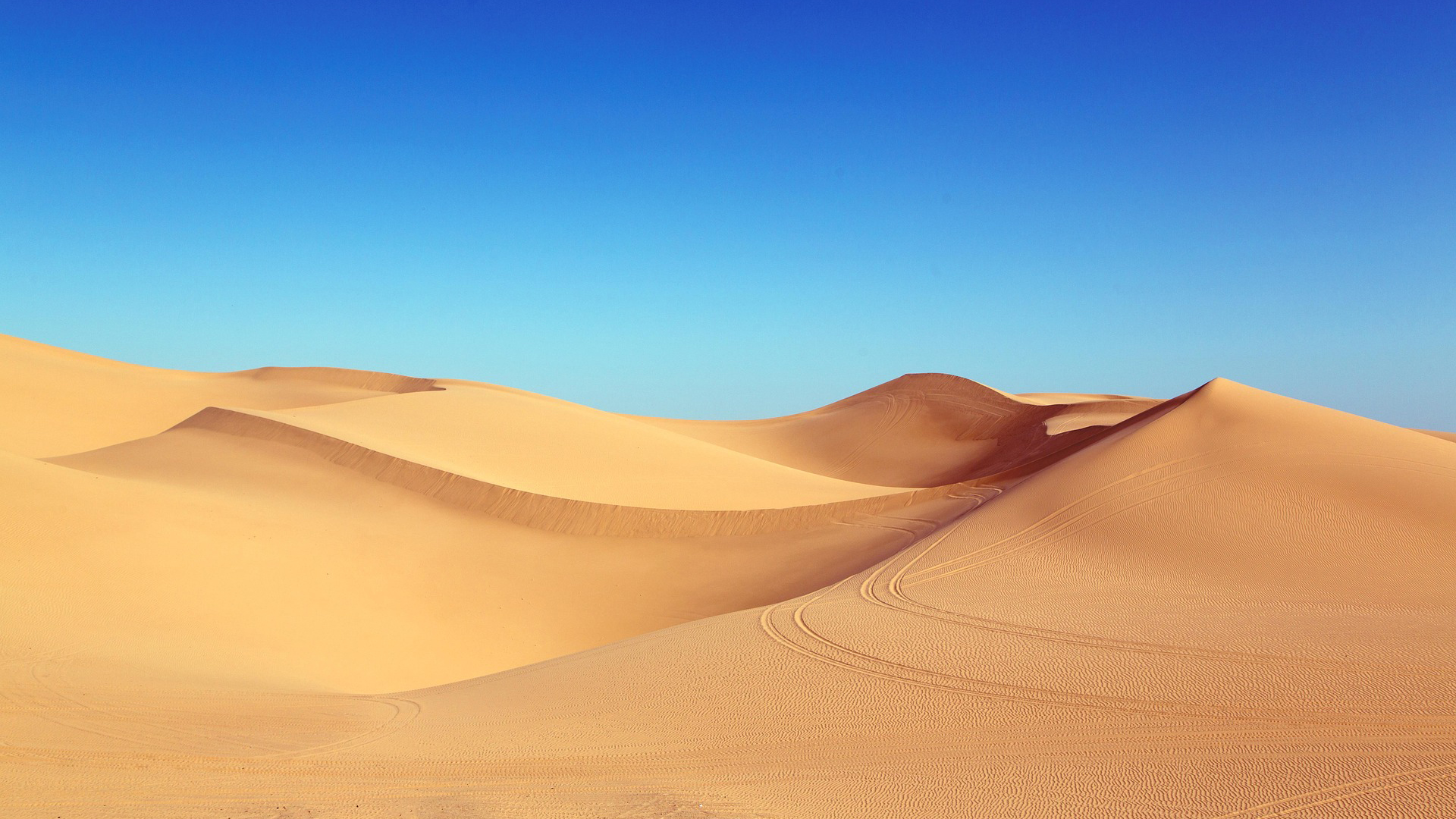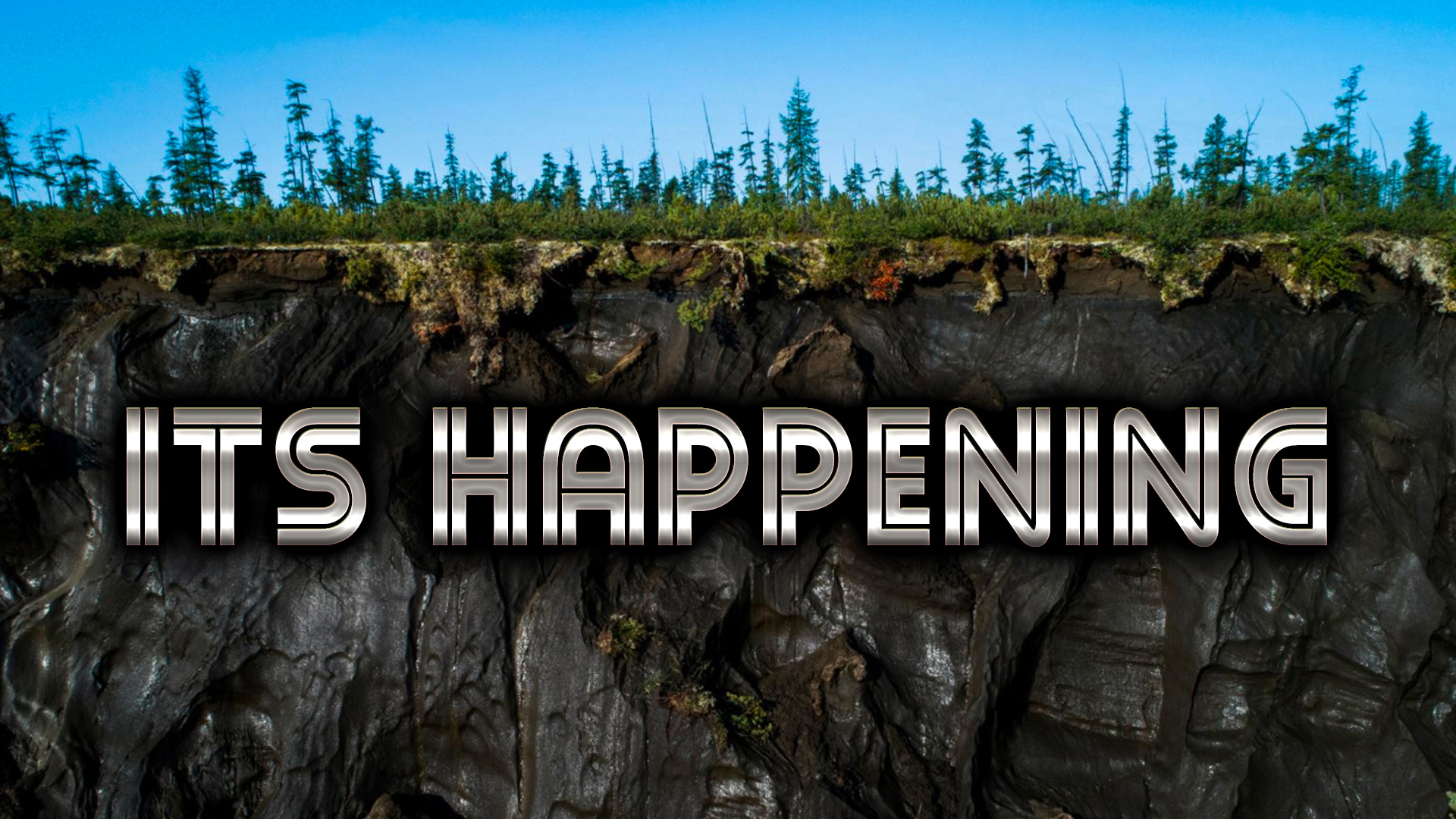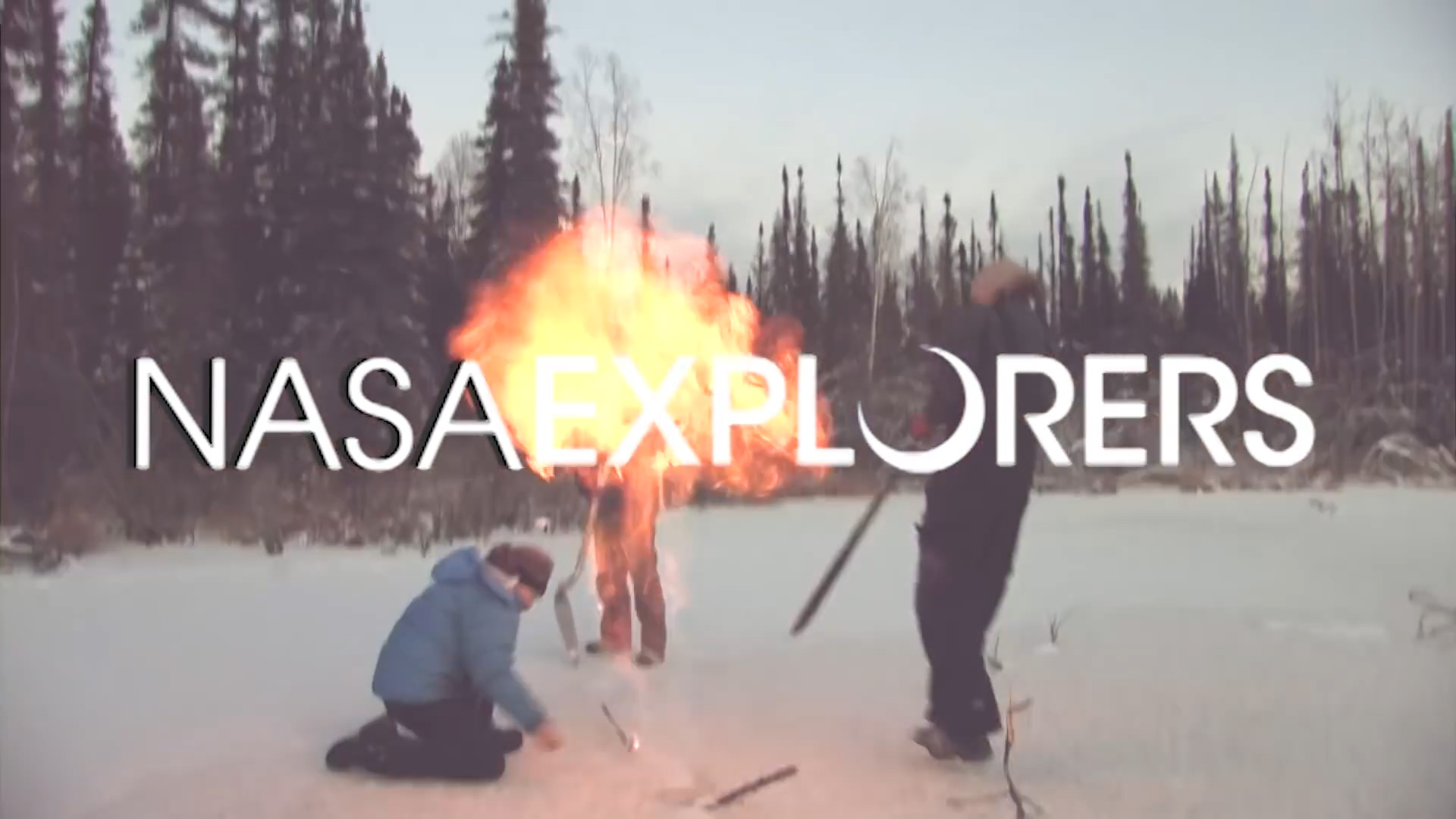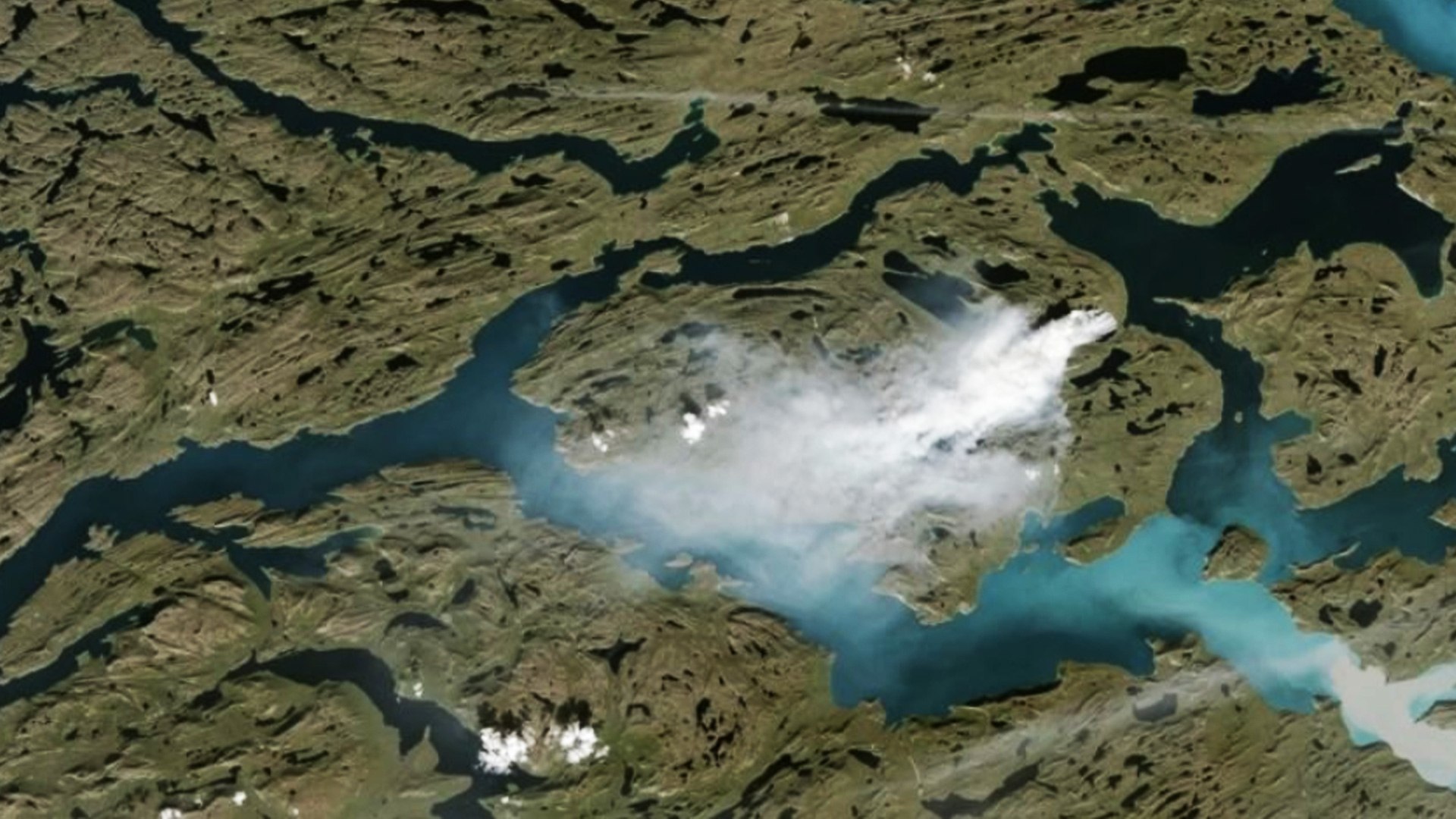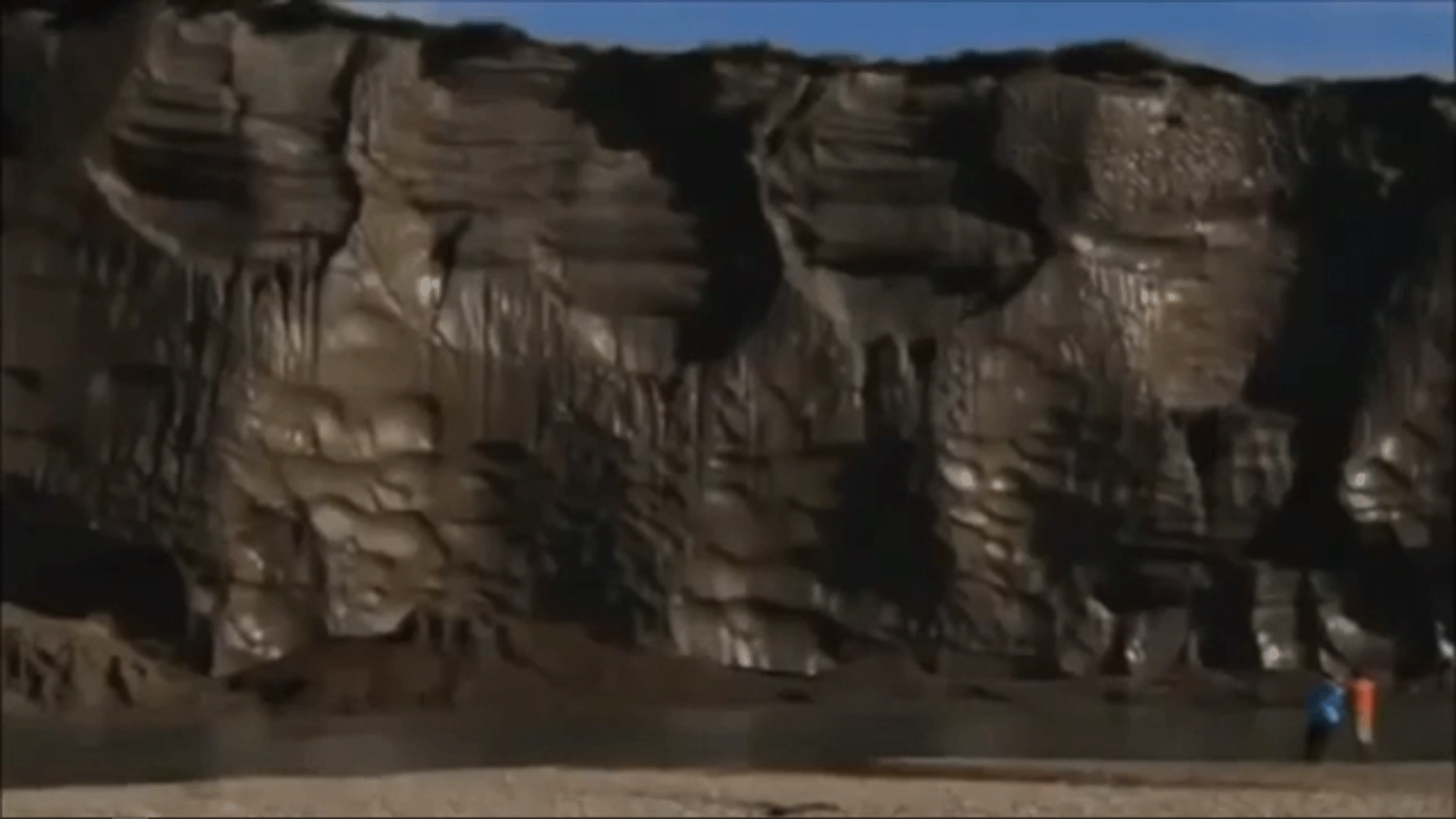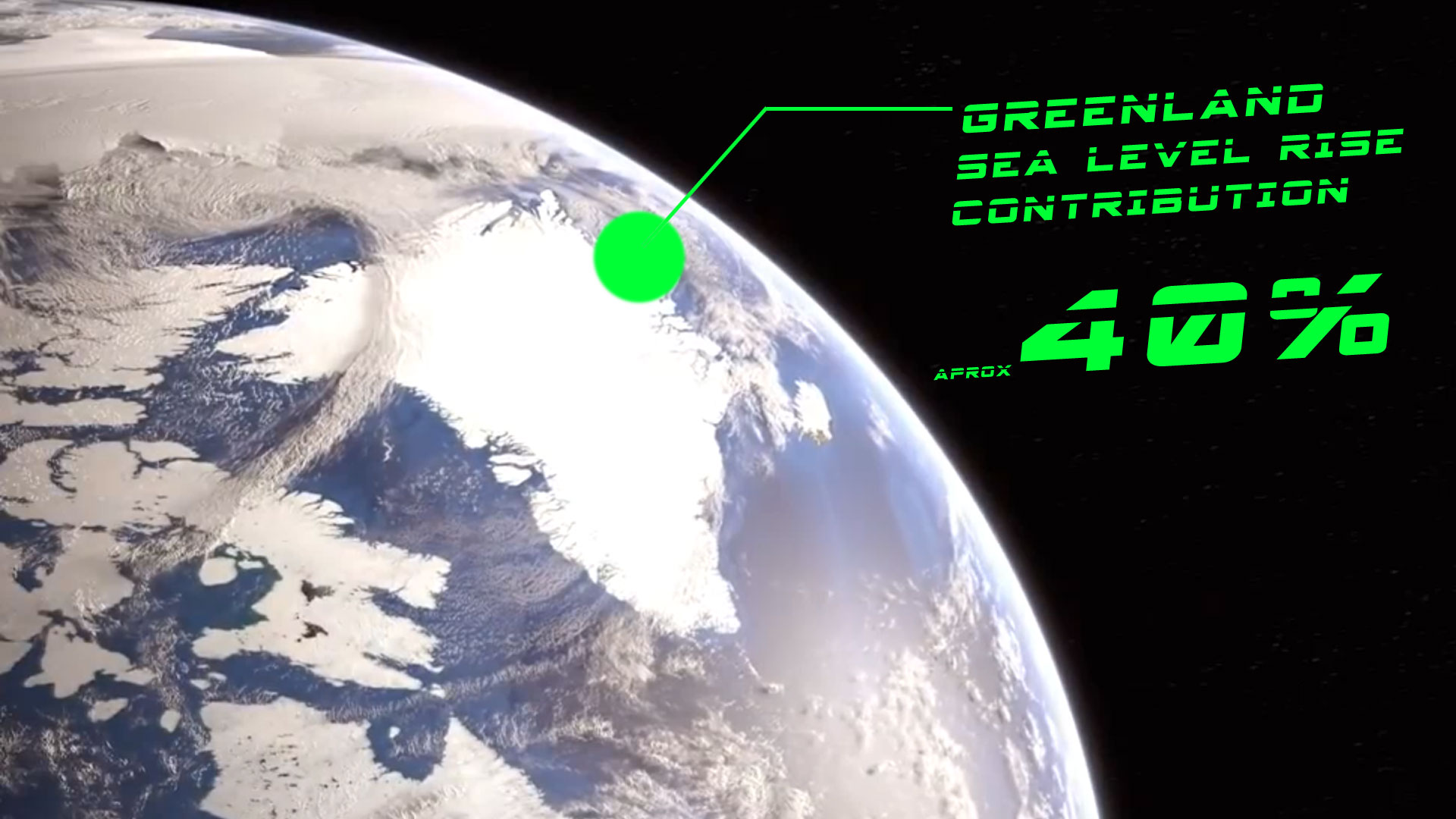CarbonBrief: Methane emissions from wetlands have risen faster this century […]
A NASA / JPL study published in the journal Environmental […]
With more and more people becoming environmentally minded, land management […]
Rapid changes in the long-frozen soil are raising concerns about […]
Dr. Nikolaos Evangeliou on climate change and wildfires (Oslo, August […]
